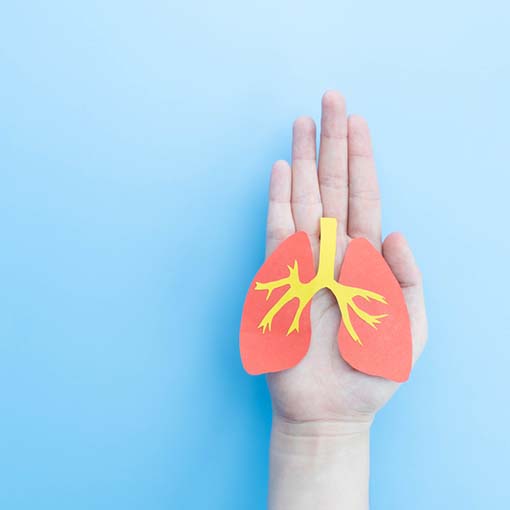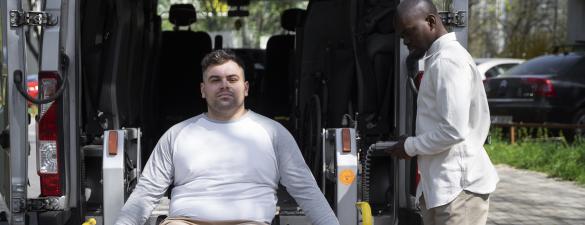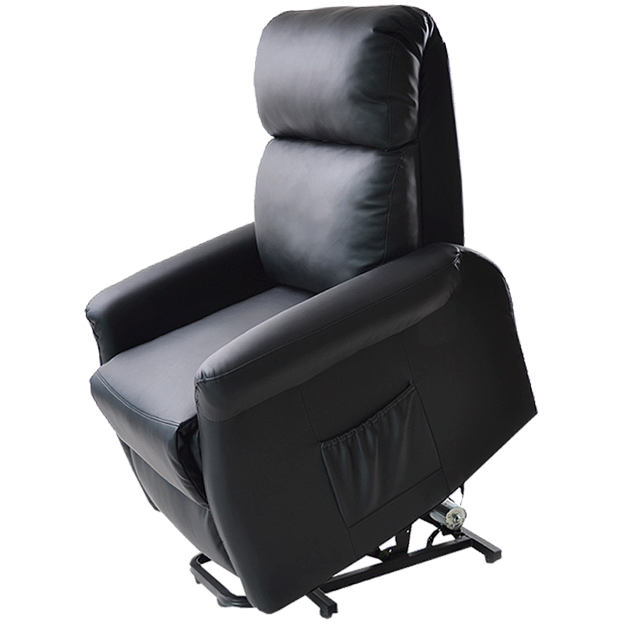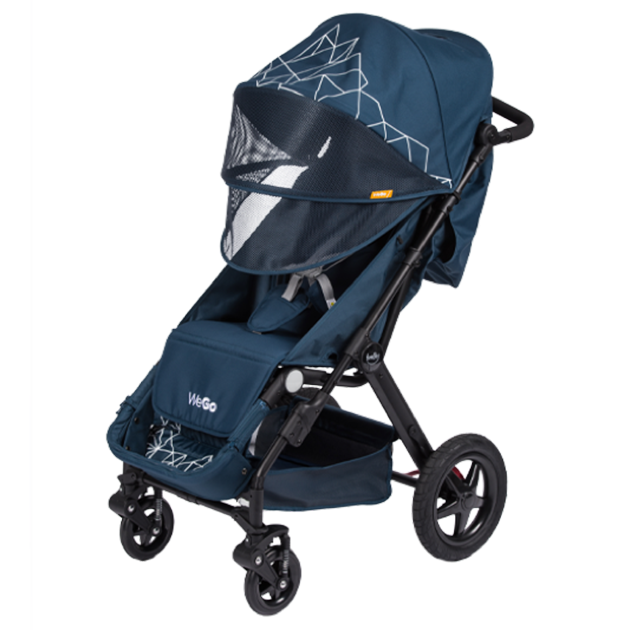Cystic Fibrosis and Mobility
Cystic Fibrosis (CF) is a genetic disorder that primarily affects the lungs, but also the pancreas, liver, kidneys, and intestine. Long-term issues include difficulty breathing and frequent lung infections due to the accumulation of thick, sticky mucus. Though less discussed, CF can also have significant implications for mobility. This article focuses on the mobility challenges faced by individuals with CF and potential strategies to manage them.
Understanding CF and Its Impact on Mobility
The effects of CF on mobility are multifactorial and can largely be attributed to the following:
Respiratory Complications
Chronic lung disease is the most common complication of CF. The build-up of thick mucus can lead to difficulty breathing, decreased oxygen levels, and frequent lung infections. This can result in fatigue, making it hard for individuals with CF to maintain physical activity levels and thereby affecting mobility.
Musculoskeletal Problems
CF can lead to musculoskeletal problems like joint pain and osteoporosis due to chronic inflammation and malnutrition. This can result in pain during movement and an increased risk of fractures, which can limit mobility.
General Weakness and Fatigue
Malabsorption of nutrients can lead to muscle weakness, further limiting physical activity and mobility. Also, the energy required for coughing and clearing mucus can lead to increased fatigue.
Impact of Mobility Issues on Quality of Life
Mobility issues in CF can significantly affect quality of life. Reduced physical activity can lead to difficulties in carrying out daily activities, decreased participation in social events, and increased dependency on others, leading to feelings of isolation and frustration.
Furthermore, reduced mobility can contribute to a vicious cycle: less physical activity can result in further physical deconditioning, which in turn can lead to increased fatigue and even more limited mobility.
Strategies to Improve Mobility in Individuals with CF
Despite the challenges, several strategies can help manage mobility issues in individuals with CF:
Pulmonary Rehabilitation
Pulmonary rehab combines physical exercises with education about the condition, energy-conserving techniques, breathing strategies, and psychological counseling. It aims to improve overall physical condition, reduce symptoms, improve quality of life, and increase physical activity.
Physical Activity
Regular physical activity can help clear lung secretions, improve lung function, increase bone density, and enhance overall muscle strength and endurance.
Nutritional Support
Adequate nutrition is critical in CF to maintain muscle mass and strength, essential for mobility.
Pain Management
Proper management of joint pain and other musculoskeletal problems can help improve mobility.
Psychosocial Support
Dealing with a chronic condition like CF can be stressful. Access to psychosocial support can help individuals cope better with their condition and stay motivated to maintain their physical activity levels.
In conclusion, mobility issues in CF are significant but often overlooked aspect of this disease. Recognizing and addressing these challenges is crucial to improving the overall quality of life for individuals with CF. As advancements in CF care continue to extend the lifespan of those affected by this condition, maintaining mobility and improving the quality of life will become increasingly important. Therefore, a holistic approach to CF care, one that includes an emphasis on maintaining mobility, is essential for individuals navigating life with Cystic Fibrosis.



